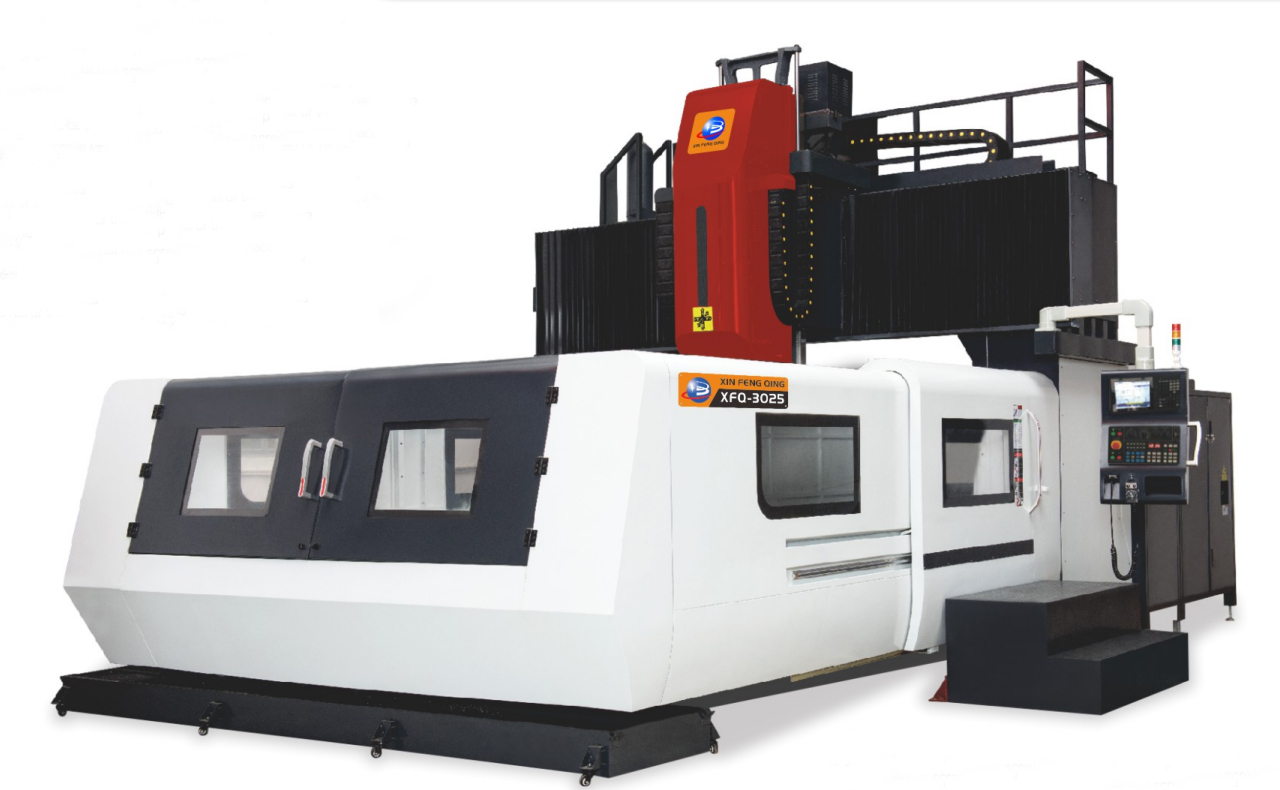Wall dividers play a crucial role in interior design, providing privacy, defining spaces, and enhancing aesthetics. Choosing the right material for wall dividers is essential to ensure durability, functionality, and visual appeal. In this blog post, we will explore various materials commonly used for wall dividers, their unique characteristics, and their suitability for different applications.
- Gypsum Board:
Gypsum board, also known as drywall or plasterboard, is a popular choice for wall dividers due to its affordability, ease of installation, and versatility. It consists of a gypsum core sandwiched between two layers of paper. Gypsum board offers excellent fire resistance, sound insulation, and impact resistance, making it suitable for both residential and commercial applications. - Glass:
Glass wall dividers have gained immense popularity in modern interior design. They create an illusion of spaciousness, allow natural light to flow, and add a touch of elegance to any space. Tempered or laminated glass is commonly used for wall dividers due to its strength, safety, and resistance to breakage. Frosted or textured glass can be utilized for privacy purposes while still maintaining a sense of openness. - Wood:
Wooden wall dividers exude warmth, natural beauty, and timeless appeal. They can be crafted from various types of wood, such as oak, pine, or mahogany, each offering distinct characteristics. Wood dividers can be solid or engineered, providing options for different budgets and preferences. They can be stained, painted, or left natural, allowing for endless design possibilities. - Metal:
Metal wall dividers, such as steel or aluminum, are renowned for their durability, sleek appearance, and industrial charm. They are often used in contemporary or minimalist designs, adding a touch of sophistication to any space. Metal dividers can be customized with perforations, patterns, or laser-cut designs, allowing for creative and unique visual effects. - Fabric:
Fabric wall dividers offer a softer and more flexible alternative to traditional materials. They can be made from various textiles, such as cotton, linen, or polyester, providing options for different levels of transparency and light diffusion. Fabric dividers are commonly used in residential settings, adding texture, color, and a sense of coziness to the room.
Conclusion:
When it comes to wall dividers, the choice of material is crucial in achieving the desired functionality and aesthetic appeal. Gypsum board offers affordability and versatility, glass provides openness and elegance, wood exudes natural beauty, metal adds a touch of sophistication, and fabric offers softness and flexibility. Consider the specific requirements of your space, such as privacy, sound insulation, or visual impact, to select the most suitable material for your wall dividers.





+ There are no comments
Add yours